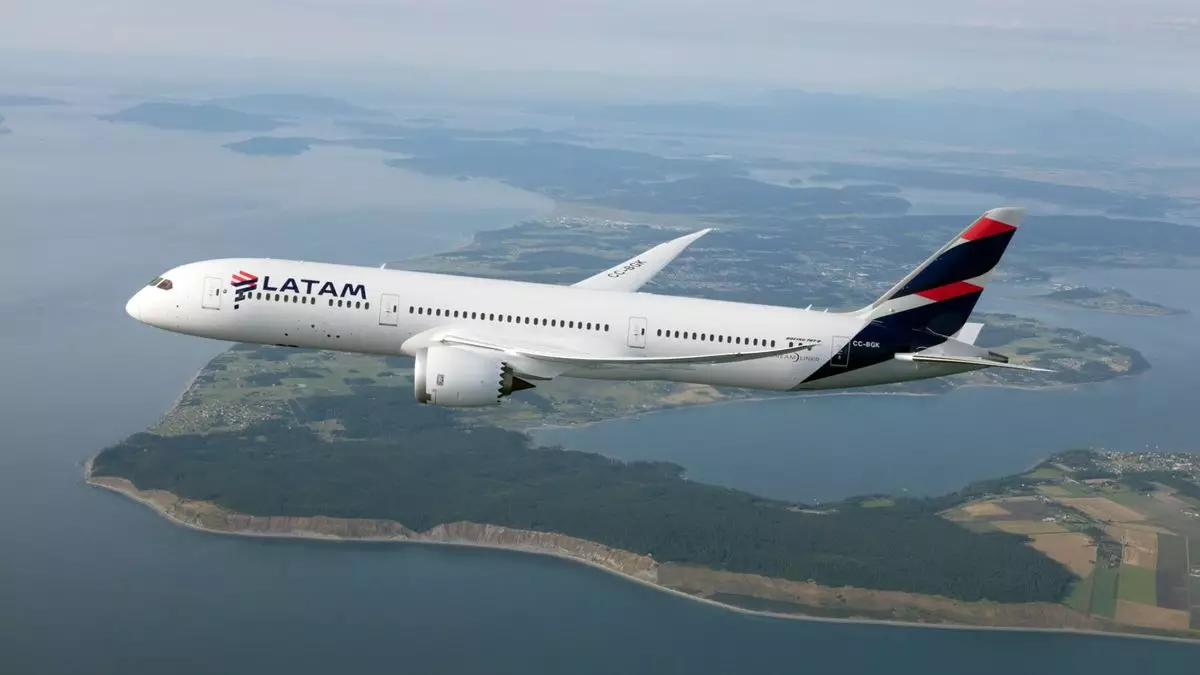The landscape of airline booking is undergoing a significant metamorphosis, particularly through the practices of carriers like Latam Airlines. As the company prepares to implement new surcharges based on the Global Distribution System (GDS) travel advisors utilize, it highlights a growing trend in the airline industry to optimize revenue while navigating the complexities of technological advancements in ticket distribution. Starting May 12, Latam will adjust its fees, with costs for GDS bookings varying significantly depending on which system is used, transitioning from a flat rate of $13 to a new structure based on GDS types.
The Dynamic Pricing Strategy
Latam’s new pricing model introduces a tiered approach, with North American bookings via Amadeus costing $15.96 and those made through Sabre set at $14.19. In contrast, Travelport users will see a reduction, with fees dropping to $11 per segment. This strategic pricing attempt is not merely a bid to recoup system costs; it appears to signal a larger intention to leverage GDS competition. The rationale is clear: by adjusting fees according to the technology employed, Latam aims to incentivize the use of systems that align more favorably with its operational framework and financial model.
The Role of New Distribution Capability (NDC)
The airline has recently embraced the New Distribution Capability (NDC) framework, aiming to provide a more modernized ticket distribution mechanism. This progressive step is crucial as it represents a shift towards more personalized and diversified travel options. Latam’s partnerships with Sabre, Amadeus, and Travelport indicate a commitment to diversify its distribution channels, thereby enhancing customer access to various fare options. However, the ramifications of such a shift are profound. With surcharges set to be imposed on non-basic fare brands in Sabre’s NDC bookings, the airline is effectively redefining how travelers will perceive fare transparency.
Considering Customer Implications
The strategic imposition of surcharges could have lasting implications for consumer behavior and agency loyalty. Travel advisors, who have traditionally relied on favorable GDS relationships, might need to recalibrate their recommendations based on cost structures. This scenario raises questions about the future dynamics of agency-client relationships and price sensitivity among travelers. With the financial incentives aligned heavily with GDS selections, travel advisors may opt to recommend certain systems over others, depending on their clients’ preferences and willingness to endure additional costs for specific flights.
A Broader Industry Trend
Latam Airlines’ actions may be emblematic of broader trends observed across the aviation industry as airlines continue to grapple with maximizing profitability amidst fluctuating demand. By leveraging technology and customer data in a more targeted manner, airlines hope to refine their approach to the booking process and enhance revenue streams. The swift adaptability exhibited by these carriers, such as the introduction of diverse fee structures, may indicate the future of air travel bookings as fare transparency evolves.
In essence, Latam’s changes are not just about fees; they represent an important pivot towards a data-driven pricing strategy that acknowledges and reacts to the intricacies of modern ticket distribution. The coming months will reveal how these adjustments impact both travel advisors and consumers navigating the evolving airline landscape.

